Search
 Video
Video
A Handy Guide: How to Identify and Manage Common Upper Extremity Conditions
When patients present with pain, weakness or numbness in fingers, wrists or elbows, providers need efficient paths to diagnosis and initiating care.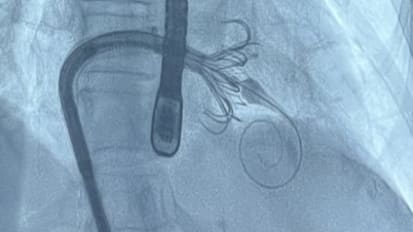 News
News
Novel Tricuspid Valve Procedure Improves Patients' Quality of Life and Health Status
UC San Francisco interventional cardiologists and interventional echocardiographers recently performed the health system’s first commercial transcatheter tricuspid valve replacement procedure using the Edwards Evoque system. News
News
Can AI Predict Serious Adverse Events From IBD Therapies?
In a groundbreaking study, UCSF researchers used a new clinical large language model (LLM) to identify serious adverse events (SAEs) occurring in patients treated with immunosuppressants to manage inflammatory bowel disease (IBD). Video
Video
Catching More (and Better) Z's: An Expert on Common Sleep Concerns
In this talk for both clinicians and patients, sleep medicine specialist Kin M. Yuen, MD, MS, DABSM, answers the questions on everyone's yawning lips, including “How much sleep do I need?” and “What constitutes chronic insomnia?”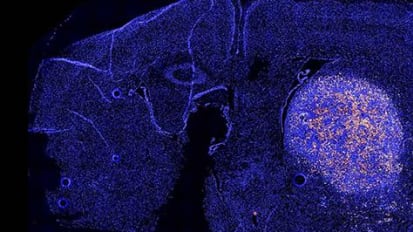 News
News
Gene Therapy Is Halting Cancer. Can It Work Against Brain Tumors?
Approximately 12,000 Americans are diagnosed each year with glioblastoma. Patients survive on average for just 15 months after their diagnosis, and new treatments are urgently needed.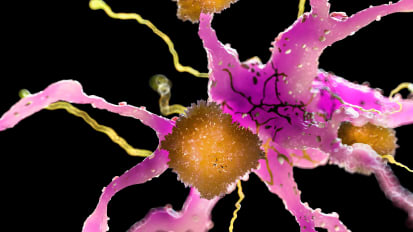 News
News
New Alzheimer’s Trial to Combine Anti-Amyloid and Anti-Tau Therapies to Arrest Disease Progression
A new study will combine an Alzheimer’s medication that slows disease progression in some patients with two drugs that target disease-driving proteins to see whether their effects can be amplified. News
News
How a Cardiogenic Shock Rapid Transfer Protocol Enables Lifesaving Patient Care: Case Study
UCSF has a rapid transfer protocol in place, which includes immediate access to a critical care cardiologist, expedited triage and a dedicated unit for patients transferring in for emergent care.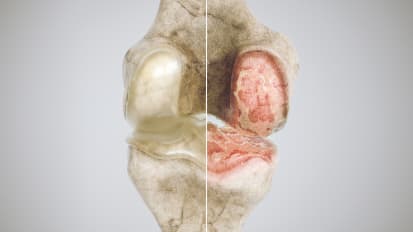 Video
Video
Knee and Hip Replacements: Tips and Tools to Optimize Your Referrals
Noting the prevalence of osteoarthritis and a general lack of consistency in which patients are referred, orthopedic surgeon Claudio Diaz Ledezma, MD, lays out efficient evaluation strategies for primary care providers. News
News
First-of-its-Kind Amputation Prevention Center Offers Hope for the Toughest Cases
Rogelio Jacinto had five days until doctors planned to amputate his leg. It was an emotionally wrenching end to five months of unsuccessful visits to specialists to treat a diabetic foot ulcer.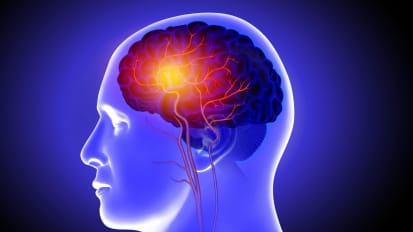 Video
Video
Brain Aneurysms: What Primary Care Providers Need to Know
This presentation from neurosurgeon Ethan A. Winkler, MD, PhD, offers data-driven guidelines on assessing a patient's risk, covering factors that range from alcohol consumption and family history to the location, size and shape of the aneurysm. Video
Video
Navigate the New World of Genetic Testing: Tips and Tools for PCPs
In this practical yet nuanced talk, gastroenterologist Aparajita Singh, MD, MPH, describes technological advances and dwindling barriers that are making tests for pathogenic gene variants more valuable and available than ever before. Video
Video
Advances in GI Cancer Care: How to Consider the Latest Drugs and Strategies
In this new edition of the Cancer Center Live Series, three UCSF specialists present exciting updates on difficult-to-treat gastrointestinal malignancies, including pancreatic cancer, peritoneal metastases and advanced biliary tract cancers.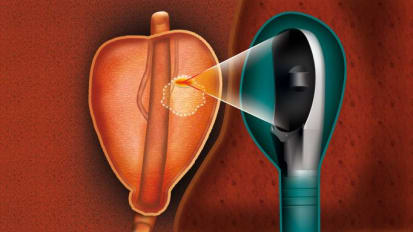 News
News
150 Milestone: Robotic Procedure Changes Prostate Cancer Care
UCSF Health has performed 150 robotic focal high-intensity focused ultrasound (HIFU) procedures for patients living with prostate cancer, becoming the first on the West Coast and the first UC Health System to reach that milestone.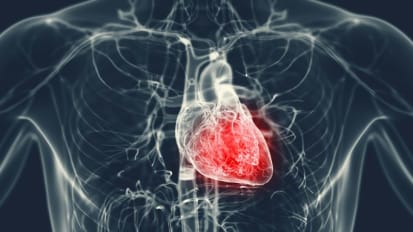 Video
Video
Currents in Myocarditis: A Fresh Look at Causes, Classification and Care
COVID-19 infections and vaccines, as well as certain cancer treatments, can play roles in myocarditis – whose incidence has increased about tenfold in recent years.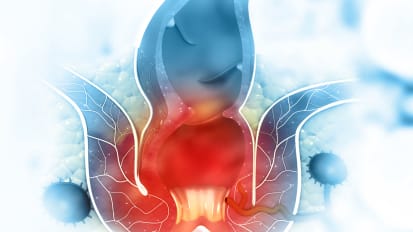 Video
Video
Pain in the Butt: Tips on Diagnosing and Caring for Hemorrhoids and Fissures
Diana Ziser Rego, an adult-gerontology nurse practitioner with expertise in lower GI disorders, describes efficient routes to identifying hemorrhoids and anal fissures, offering tips on what questions to ask, straightforward management plans and guidance on when to refer. News
News
Physician Survey Shows Lack of Understanding of the FDA’s Approval Process
Many physicians are unfamiliar with how the Food and Drug Administration’s (FDA) regulates new drugs and medical devices, and they may be under the impression that the data supporting these approvals are more rigorous than they are, according to a national survey of physicians conducted by researchers at UC San Francisco (UCSF). News
News
Study Finds Paxlovid Treatment Does Not Reduce Risk of Long COVID
A team of researchers from UC San Francisco has found that Paxlovid (Nirmatrelvir-ritonavir) did not reduce the risk of developing long COVID for vaccinated, non-hospitalized individuals during their first COVID-19 infection.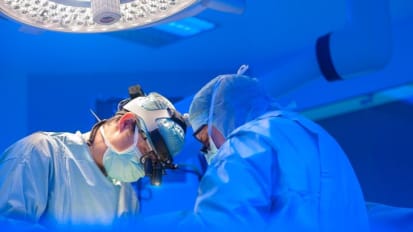 News
News
Adult Acquired Buried Penis: Improving Patient Outcomes
Adult-acquired buried penis (AABP) is a condition in which excess or abnormal surrounding soft tissue covers the penis, resulting in sexual and urinary dysfunction. While it’s associated with obesity, AABP does not typically subside with weight loss. News
News
Is Regenerative Medicine the Next Generation of Infertility Treatment?
Failed or canceled frozen embryo transfer (FET) cycles often occur in patients with thin endometrial linings. Existing treatments to increase lining thickness, such as hormone therapy, are not always effective, leaving some patients with little hope of a successful pregnancy. News
News
How a Cutting-Edge Genetic Test Helps Ill Newborns, Pregnant Moms
UCSF is first in Northern California to offer rapid test in-house for faster and more accurate diagnosis of rare genetic conditions. News
News
Why Has Progress in the Treatment of Alzheimer’s Disease Taken 30 Years?
UCSF expert examines the past and future of clinical trials for Alzheimer’s Disease. News
News
Tiny, Focused Shocks Help Many Patients Overcome Heart Arrhythmia
Pulsed field ablation uses a series of tiny electrical pulses to destroy the tissue causing the arrhythmia. The procedure takes an hour or less, compared to three or four hours for conventional treatment.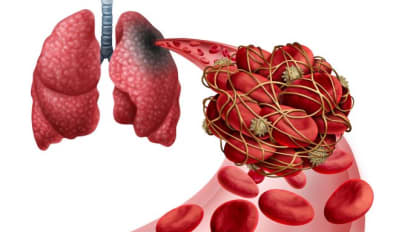 News
News
Improving Clinical Outcomes for Venous Thromboembolism
Venous thromboembolism (VTE) is serious condition that begins with a blood clot in a vein – often in the lower leg – that makes its way to the lungs, causing a pulmonary embolism with potentially fatal consequences. News
News
Long-term Marijuana Smoking Can Impair Blood Vessel Function
It’s been known for many years that people who smoke tobacco have poor blood vessel function. Now, a team of researchers at UC San Francisco has shown for the first that people who smoke marijuana have the same problem.

